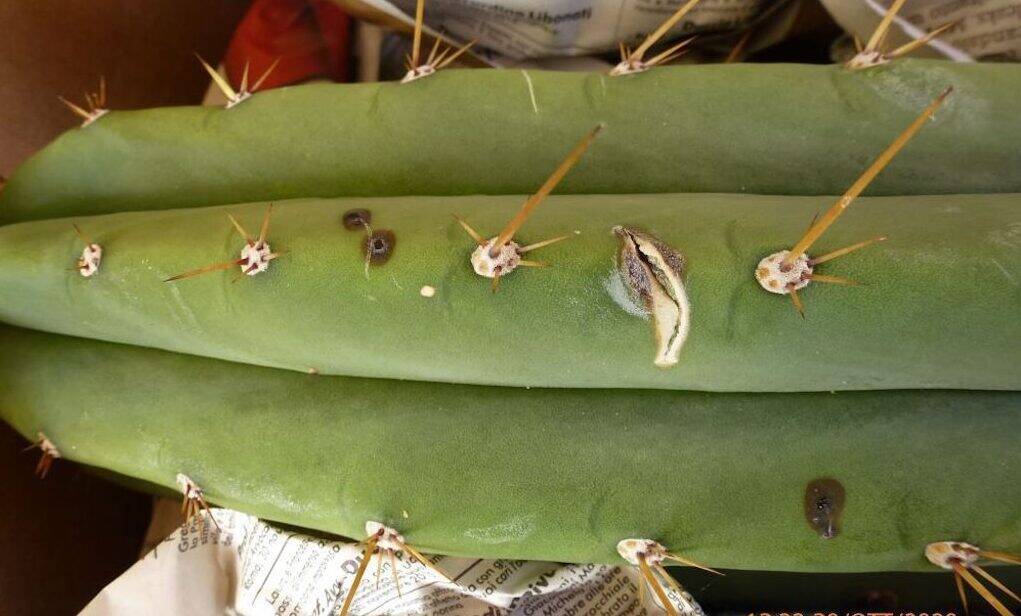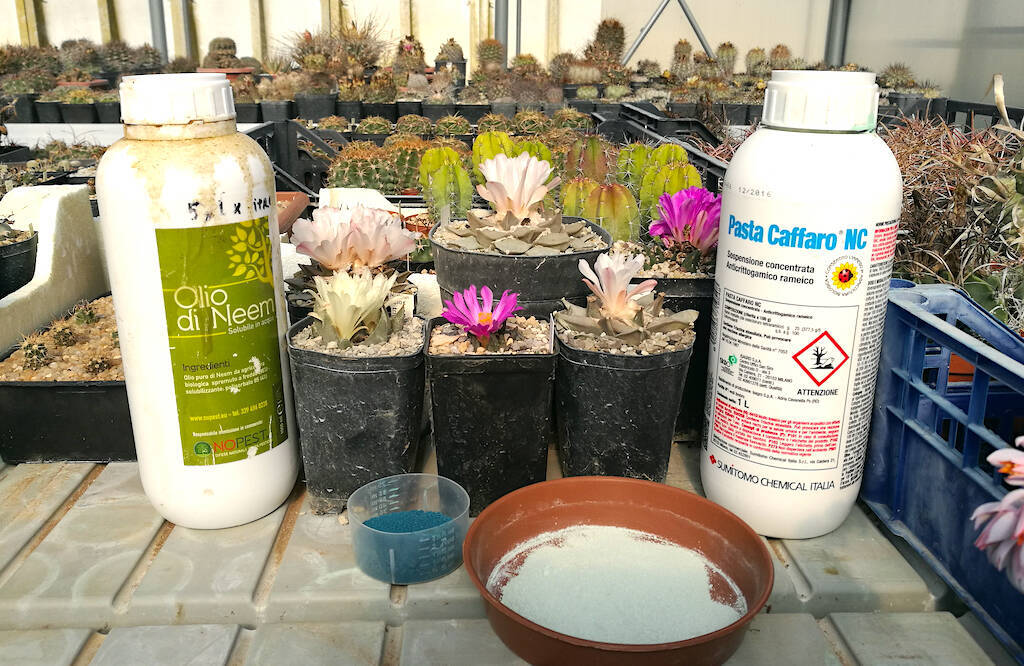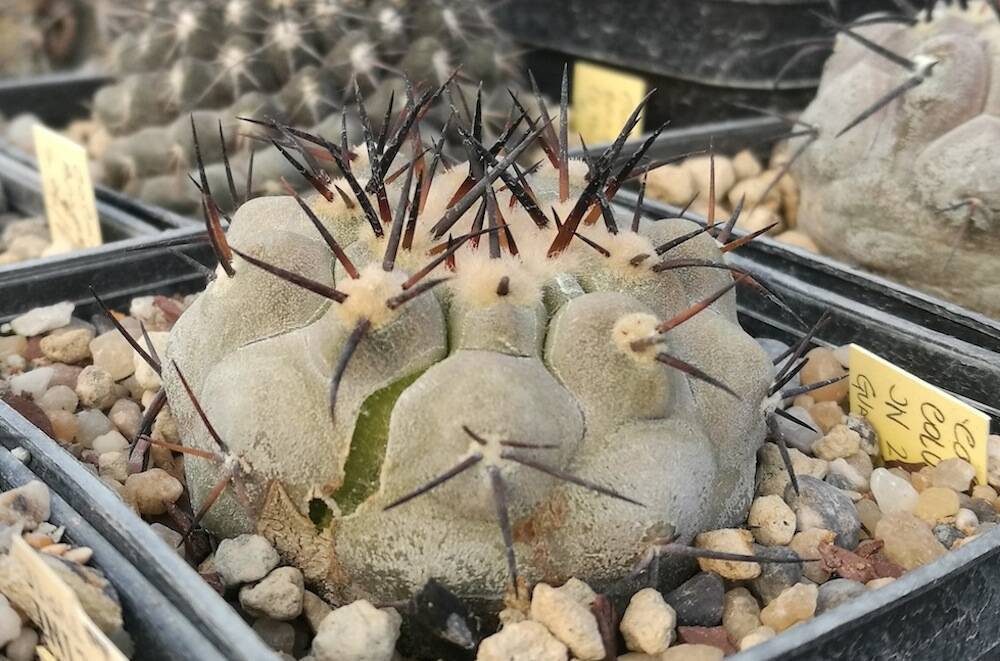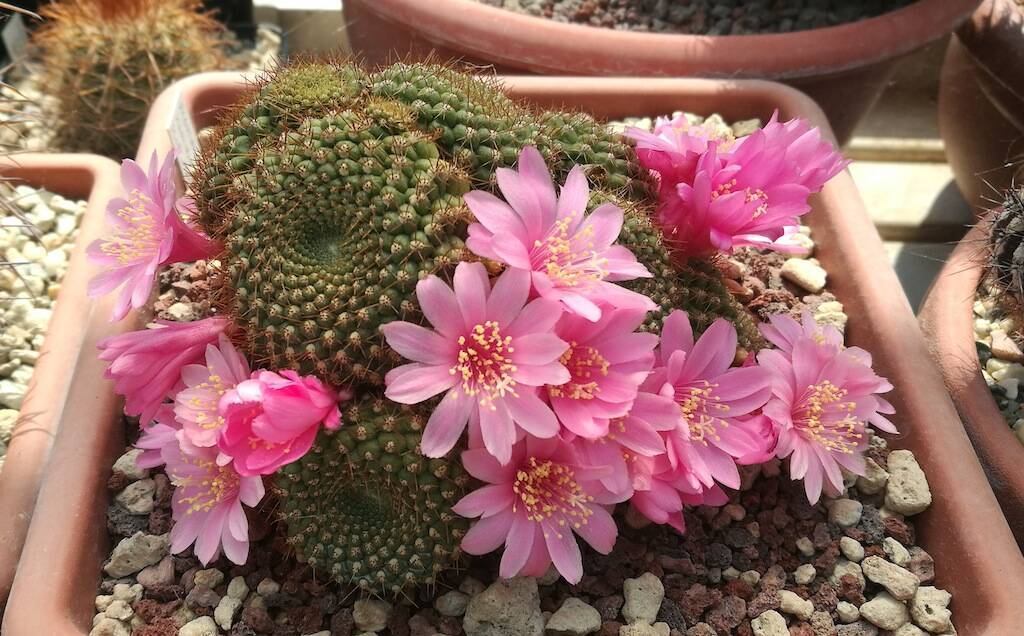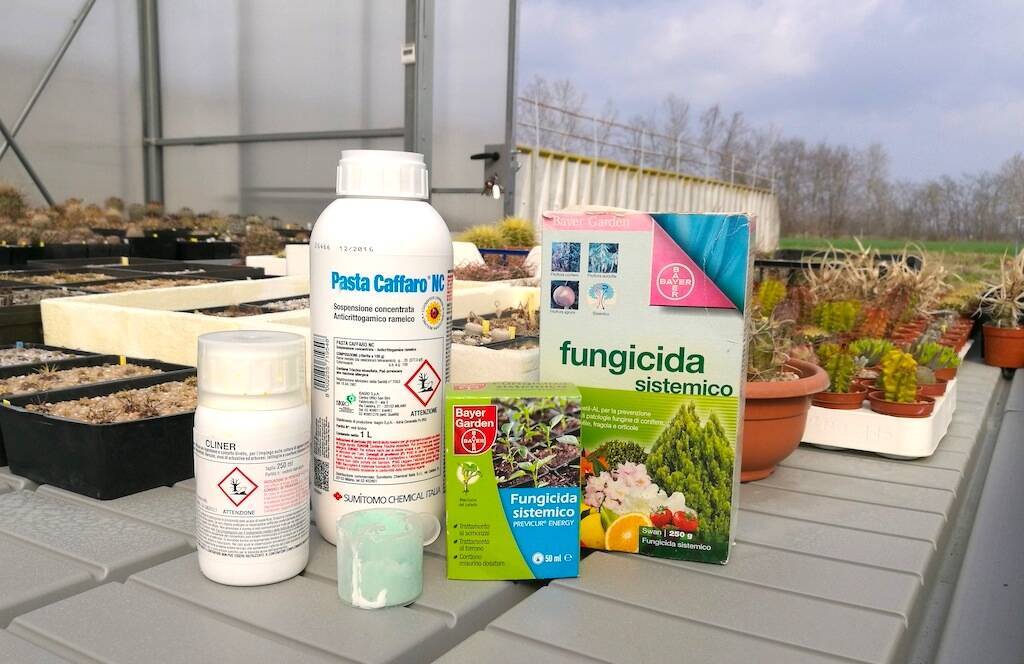Circumscribed dark spots, yellowish spots, dryness, discoloration of the stems, reddening, small cuts: over time, signs of various kinds and of varying size may appear on the stem of our cacti. In some cases there is nothing to worry about, because they are small wounds caused for example by the thorns of a nearby plant, or because they are simply the signs resulting from the aging of the plant. In other cases, however, it is necessary to intervene immediately, because that spot is perhaps due to some fungal pathology destined to expand until it seriously disfigures or kills the plant. But how to distinguish a harmless thorn prick scar, for example, from dangerous rot? How to understand if that discoloration of the stem is caused by the sudden exposure of the plant to direct sun or by a lack of nutrients, or by the beginning of a fungal attack? And how to intervene to contain the damage or save the plant when the damage has already been confirmed?
This is what we will see in this article, with the help of a series of photographs that portray different situations and different pathologies. Some photos were taken by readers of Il fiore tra le spine and portray their plants: I thank these readers for agreeing to share their photos with me, thus collaborating in the creation of the following article. (…)
Per proseguire nella lettura dell'articolo Accedi o Abbonati
To continue reading the article LogIn or Subscribe


